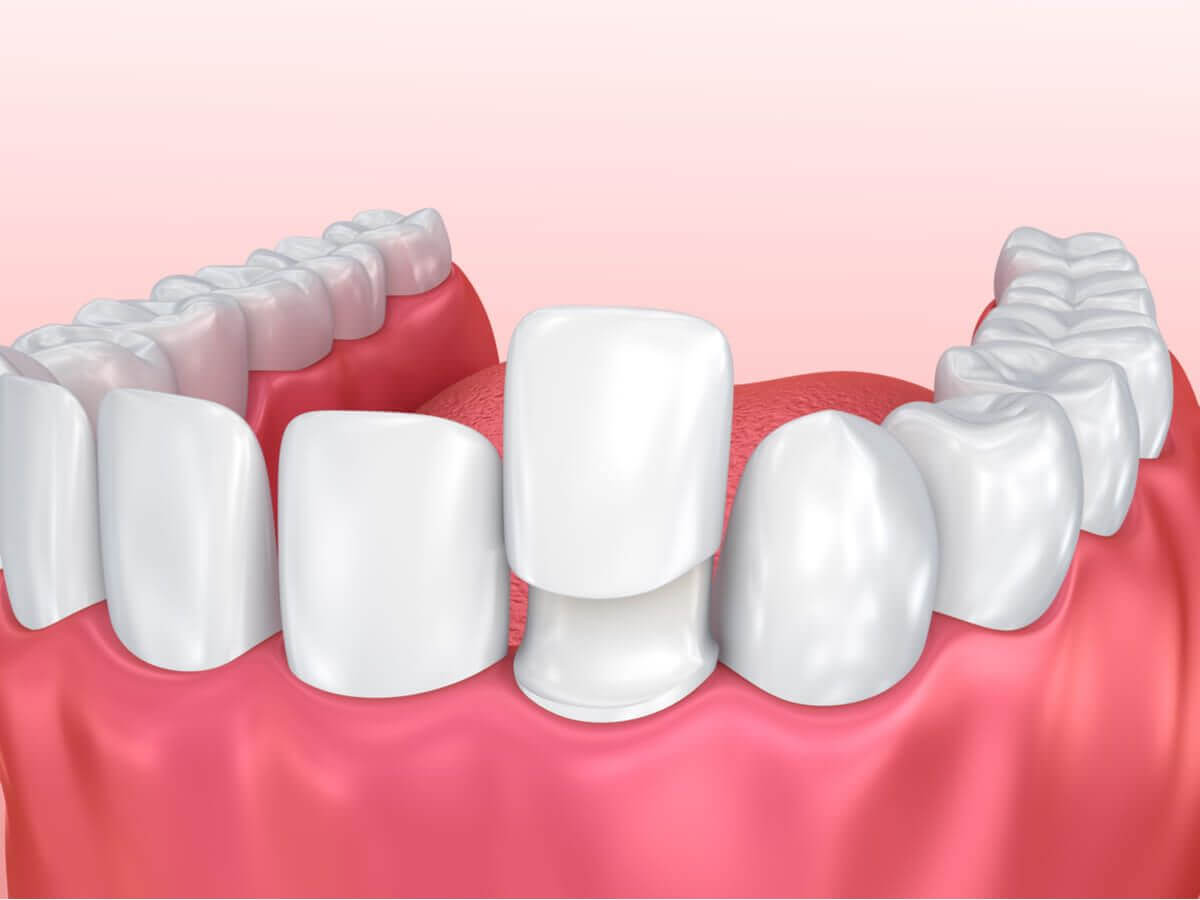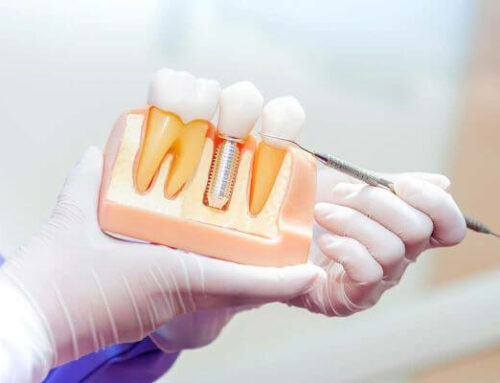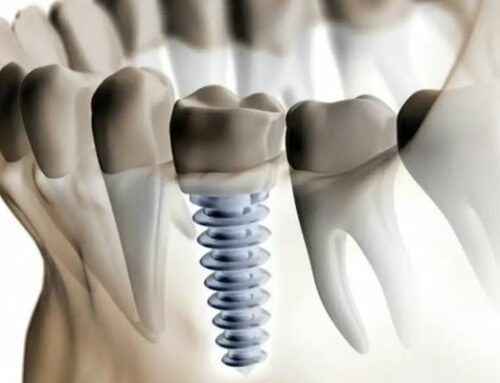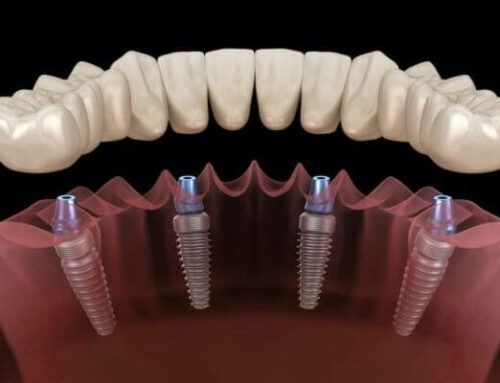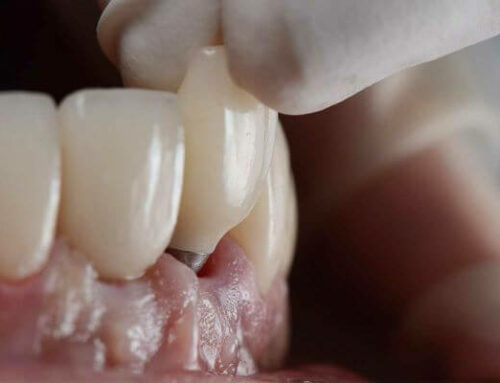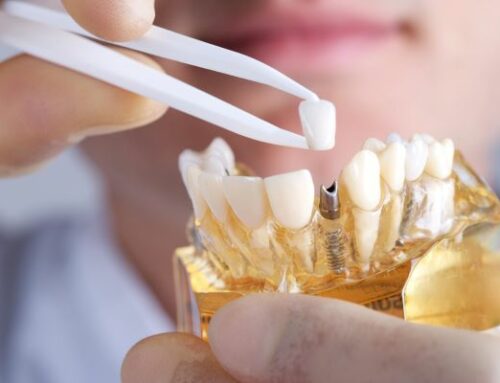1. What are the different types of veneers?
Porcelain veneers and composite resin veneers are two types of veneers commonly used in dentistry. Both materials are used in various veneer subtypes such as E-max, Zirconia, Lumineers, and resin veneers. Choosing veneers depends on your budget, comfort level, the condition of your teeth, and more. We’ll provide you with detailed information about the different types of veneers that will put a smile on your face. Below is a list of veneer types to make your selection easier when deciding on cosmetic dental procedures.
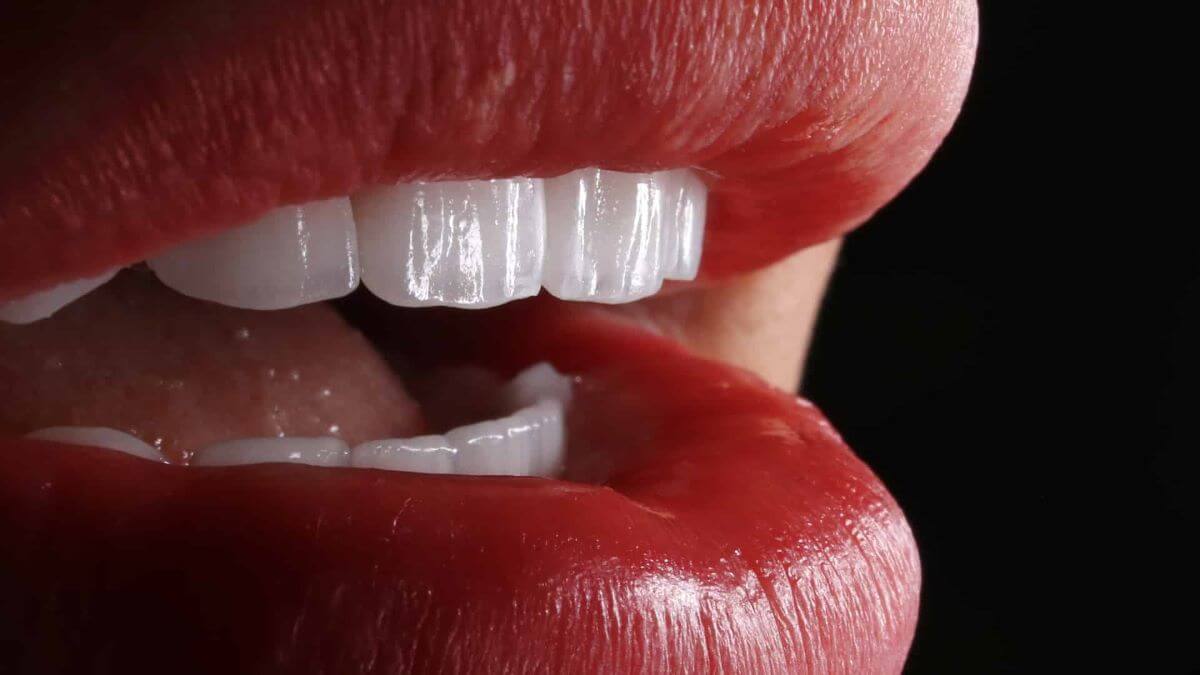
1) Permanent veneers
| Board type | durability | appearance | strength | Ready |
| E-max veneer | 10-15 years old | Transparent/natural color | upper middle | 5-10 days |
| Zirconium veneer | 15-30 years old | opaque | Moderate | 5-10 days |
| palatal porcelain veneers | 10-15 years old | Transparent/natural color | upper middle | 5-10 days |
| porcelain veneer | 10-20 years | Transparent/natural color | Moderate | 5-10 days |
| Luminous veneer | 5-10 years | translucent | High | the same day |
| Composite resin veneer | 3-5 years | opaque | low | the same day |
Of course, when we say forever, we don’t mean lifetime. But because most of these dental veneers last 10 to 20 years, they are considered permanent.
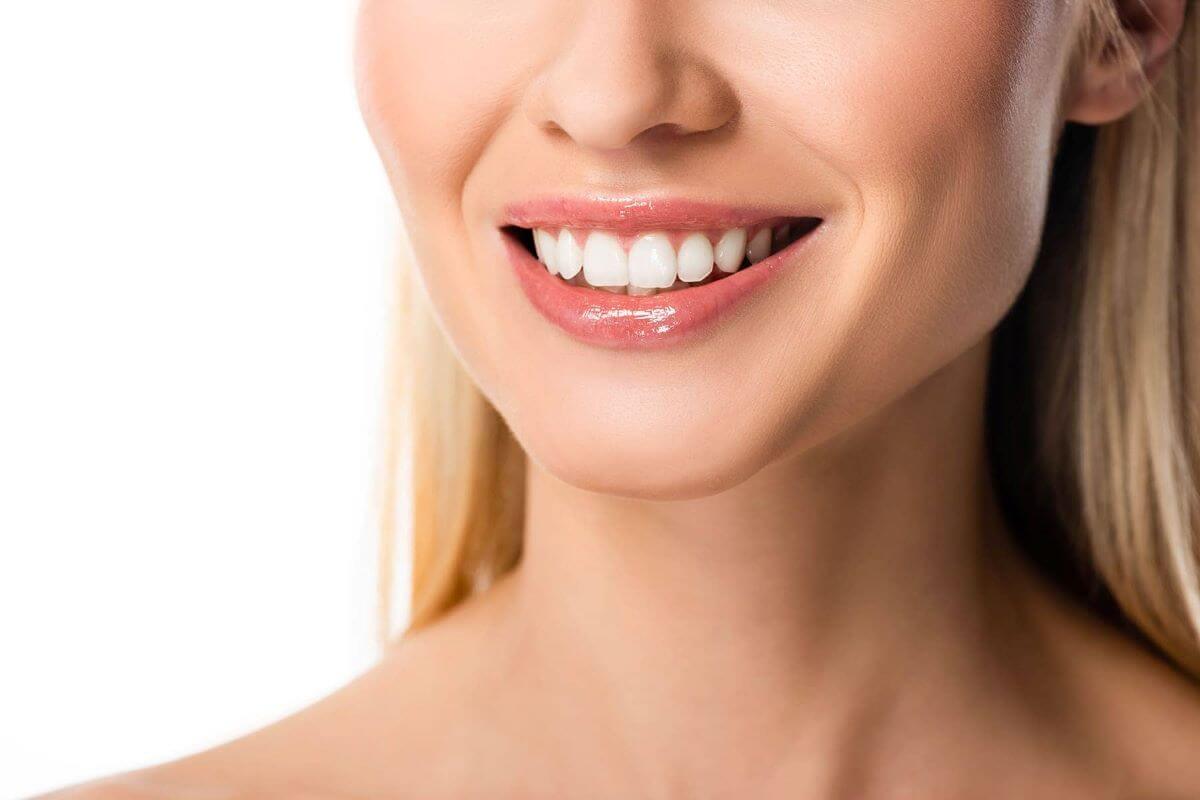
2) E-Max veneer
E-max veneers, one of the most popular types of veneers, are made of lithium disilicate glass-ceramic. Due to their natural beauty, strength, and durability, they are one of the best of our time. A 2017 study on the efficacy of E-max veneers showed an 83.5% survival rate even after 10 years. With proper dental care, they can last for over 10 years without any dental complications. Their translucency ensures that they blend with your natural teeth, giving your smile a natural appearance. They are also stain-resistant, which makes them easier to maintain. In contrast, these veneers require a longer application process and are more likely to chip and crack.
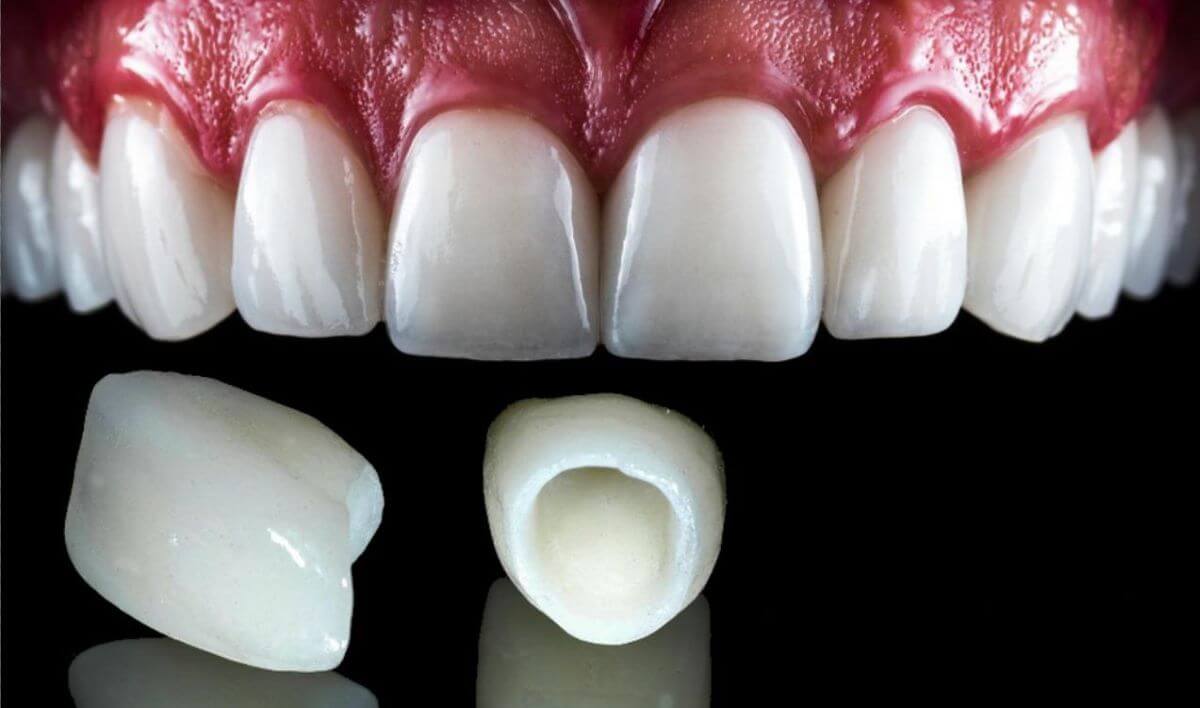
3) Zirconium veneer
Zirconium veneers are one of the strongest veneer materials available and are the perfect dental procedure for repairing dental problems such as extensive decay, chipping, and fractures. Made of Zirconia, one of the most durable forms of monolithic ceramic. It has extraordinary strength because no other materials are added to the mixture. It has an opaque appearance so it can have a noticeable effect on your teeth. They are ideal for tooth reconstruction in cases of extreme tooth decay and provide high strength to the tooth as a whole. It is also an option for addressing discoloration due to its opaque appearance. Speaking of opacity, it can make teeth look a bit unnatural. Due to their superior strength and quality, they are generally more durable than most other veneer varieties.
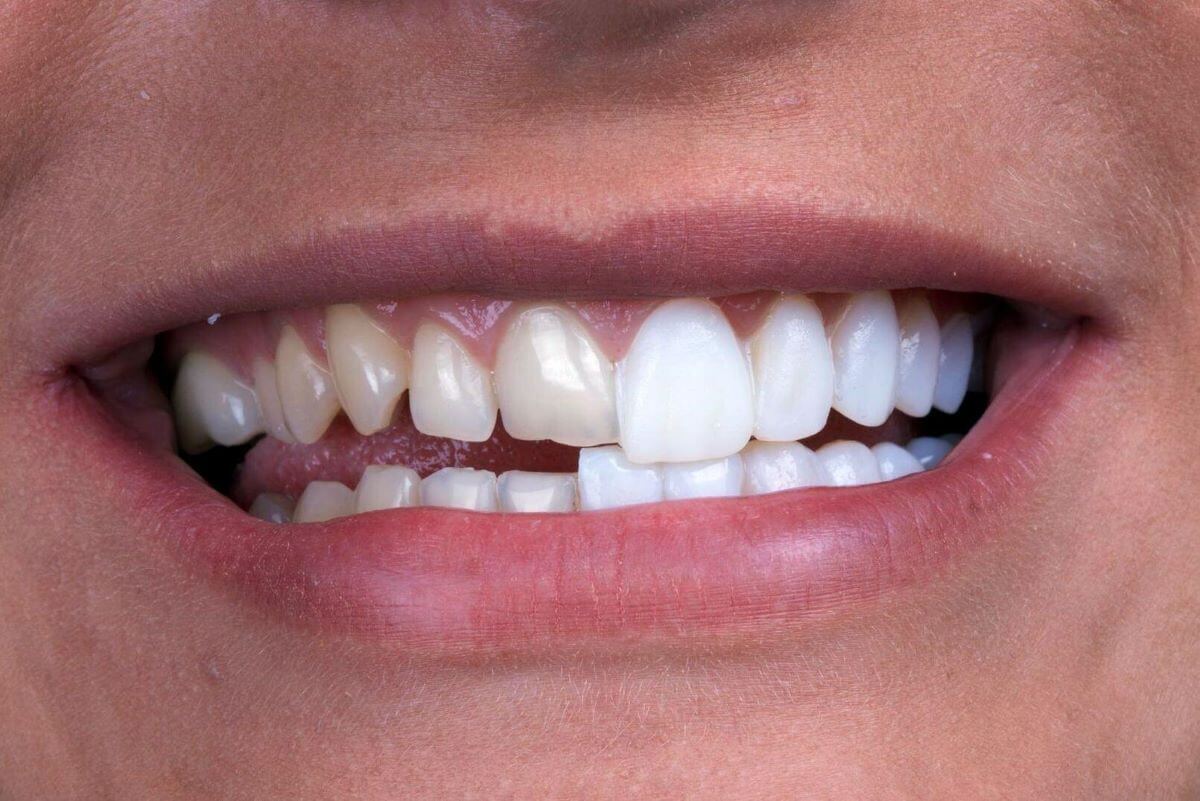
4) Porcelain veneer
Dental practices near you can provide porcelain veneers, which are one of the most common types of veneers. They consist of feldspar, a naturally occurring glass-ceramic. Feldspar porcelain is a very thin and translucent material with a very natural appearance. Porcelain veneers are also durable and won’t stain, chip, or discolor easily. This is one reason why they last longer than any other type of veneer. We have an article dedicated to how to care for porcelain veneers, so you have all the information you need to make them last as long as possible! The only downside of porcelain veneers is the longer tooth preparation process which results in a longer application process.
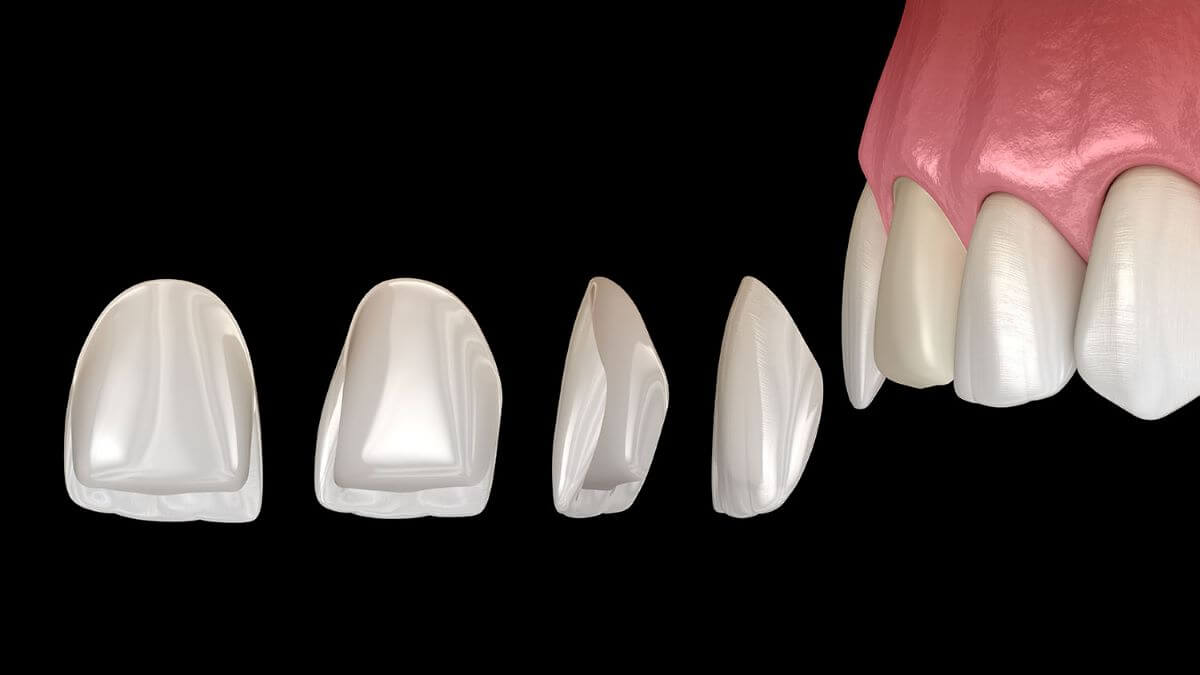
5) Unprepared veneers (Lumineers)
“Non-prep” veneers, no-prep, or minimal-prep veneers are single-visit veneer treatments that require minimal tooth preparation as a cosmetic procedure. They are thin, compact shells that attach gently to your teeth to resurface old teeth. Illuminators are considered a quick fix for chipped, misshapen, or discolored teeth. Unprepared veneers include Lumineers, Duration veneers, and Vivaneers. They are perfect for people who want veneers but don’t want the invasive procedures and minimally invasive veneering process. Due to their thinness, these veneers crack or chip easily. Also, due to their thin design, they may not hide stains like other veneers. Gum problems are more likely due to the inappropriate fit.

6) Composite veneer
As an alternative to porcelain veneers, composite veneers are cheaper and faster. The main component of composite veneers is resin, a tooth-colored dental restoration material. Because of their weakness, they have a higher success rate when used on front teeth rather than back teeth. Compared to porcelain veneers, composite veneers have a shorter lifespan and are more prone to stains, scratches, and breakage. Due to their quick bonding and minimal enamel removal, composite veneers are also known as same-day veneers and temporary veneers.
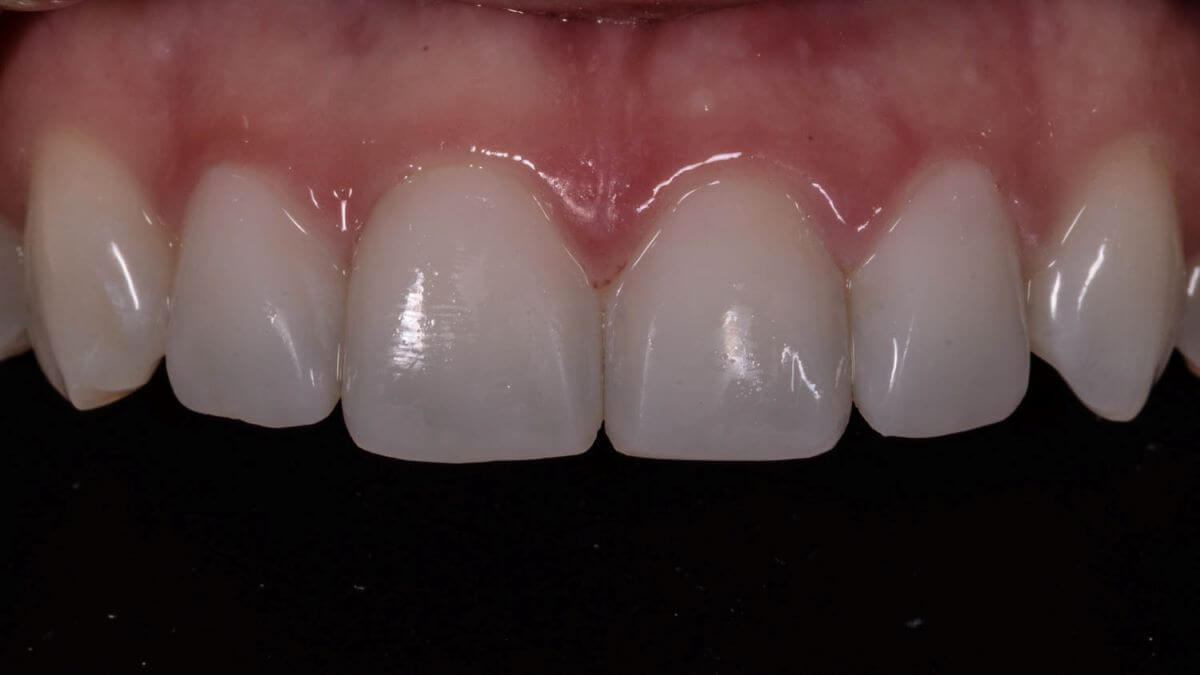
7) Same-day veneers
Also known as ready-made veneers, they are designed, prepared, and applied on the same day. As opposed to standard porcelain veneers, these veneers are milled using CAD/CAM technology in the dental office. The entire process of tooth faceting includes preparation of the tooth, digital scanning of the tooth, and fabrication of the veneer. The veneers are made on the same day using automated machines.
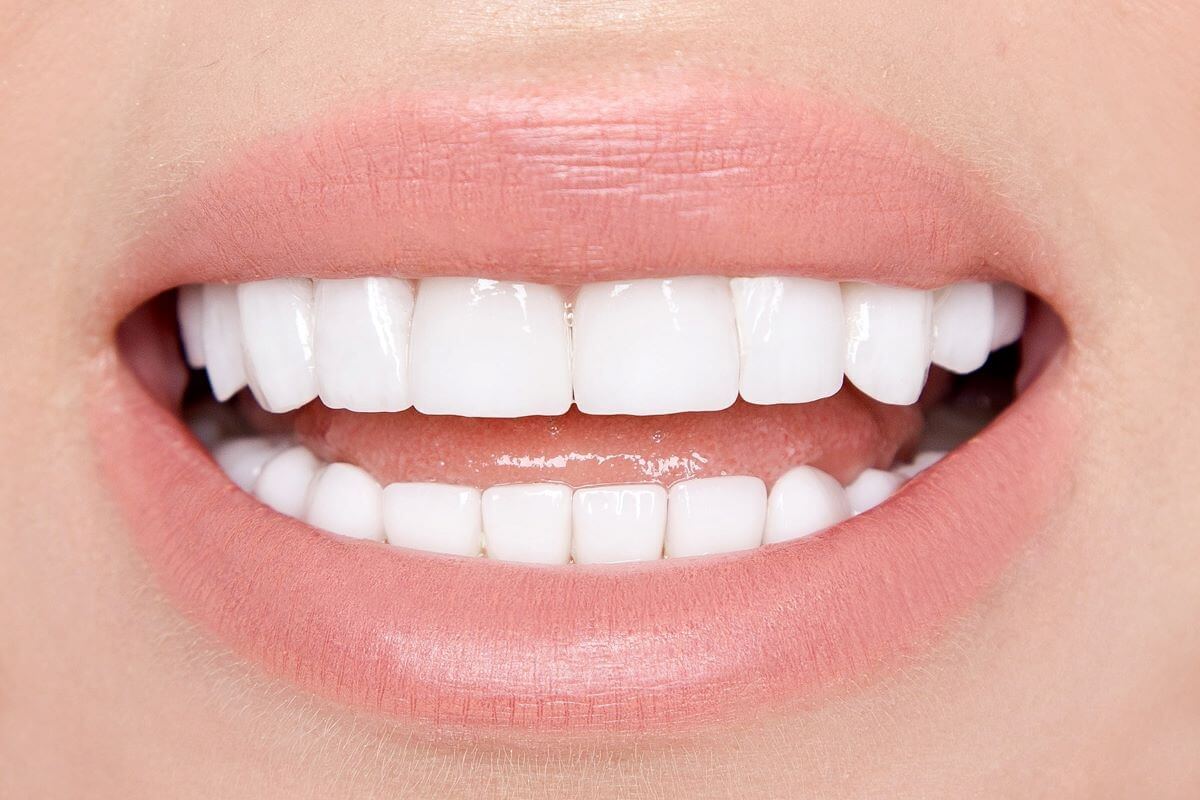
2. Temporary veneers
First, while you wait for the permanent veneers to arrive, temporary veneers can be placed. Second, as a clip-on veneer. Temporary veneers are mostly made of composite resins that don’t last very long. They’re also easier to put on and take off because they’re clip-on. Temporary veneers are better for people who want to test whether the veneer is right for them. For those looking for a long-term solution to dramatically enhance their smile, permanent veneers are a better option.

Clip-on veneers (popular veneers)
These are removable veneers that do not require any dental modifications.
- Custom clip veneers
- Non-custom clip-on veneers
Custom clip-on veneers are available in both ceramic and composite resin, but prices may vary. Clip-on veneers are prone to wear and tear, but you need to make sure you maintain them by following proper cleaning procedures. Last but not least, do not eat hard or chewy foods while wearing clip-ons as they may damage them. Then there are non-custom clip-in veneers that don’t require any prior tooth preparation or a trip to the dentist, you can buy them at the pharmacy and put them on right away. Also, they are good for ad-hoc use and are not custom-made, so they will not give realistic results.
3. How long do veneers last?
How long veneers last depends largely on the material used for the veneer, your dental hygiene, and your eating habits.
So, how long do veneers last?
- All-ceramic: 7 to 10 years
- E-max: 10 to 15 years
- Zirconium veneers: 15 to 30 years
- Illuminator: 10 to 20 years
- Composite resins: 3 to 5 years
These durations are based on the assumption that proper care and maintenance are provided. However, your veneers may show some signs of wear, indicating that it’s time to replace them.

4. How do I choose the best type of veneer?
There are several factors you should keep in mind when choosing veneers for the perfect smile. The three main factors include shape, material, and budget. Once you have decided on your budget and dental needs, you can easily decide on the veneer shape/size and material. Before you do anything, be sure to discuss your dental concerns with your cosmetic dentist so you can get professional advice about your future perfect smile. There are advantages and disadvantages to each type of veneer.
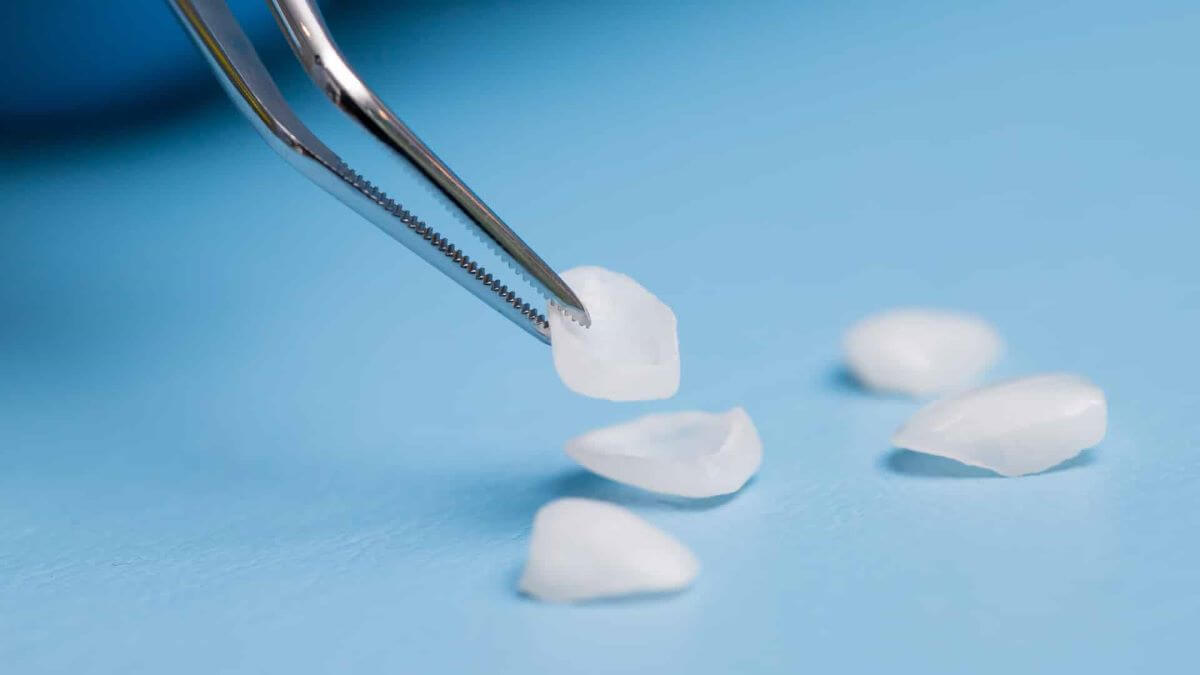
5. What is the best veneer material?
Each type of veneer has different benefits. However, ceramic veneers are considered the best veneer material. They’re durable and translucent, which means they match your real teeth and don’t look like dentures. Porcelain veneers also don’t stain easily and are durable enough to look as good as new.
6. How to choose the best veneer material for your face?
To have a beautiful, natural smile, you should know the type of veneer material that is right for your face. The shape of your face plays an important role in determining the best type of veneer. Here are general guidelines for face shapes and the types of veneers that usually suit them better than others:
- Heart-shaped faces:
While they can pull off most shapes, round veneers suit them better than others. - Oval face:
Because their faces are relatively long and well-proportioned, square veneers are more suitable for them. - Round faces :
For rounder proportions, longer, more pronounced veneers are best. - Square face :
Since this type of face is smaller and rounder, less angular veneers are more suitable for them.
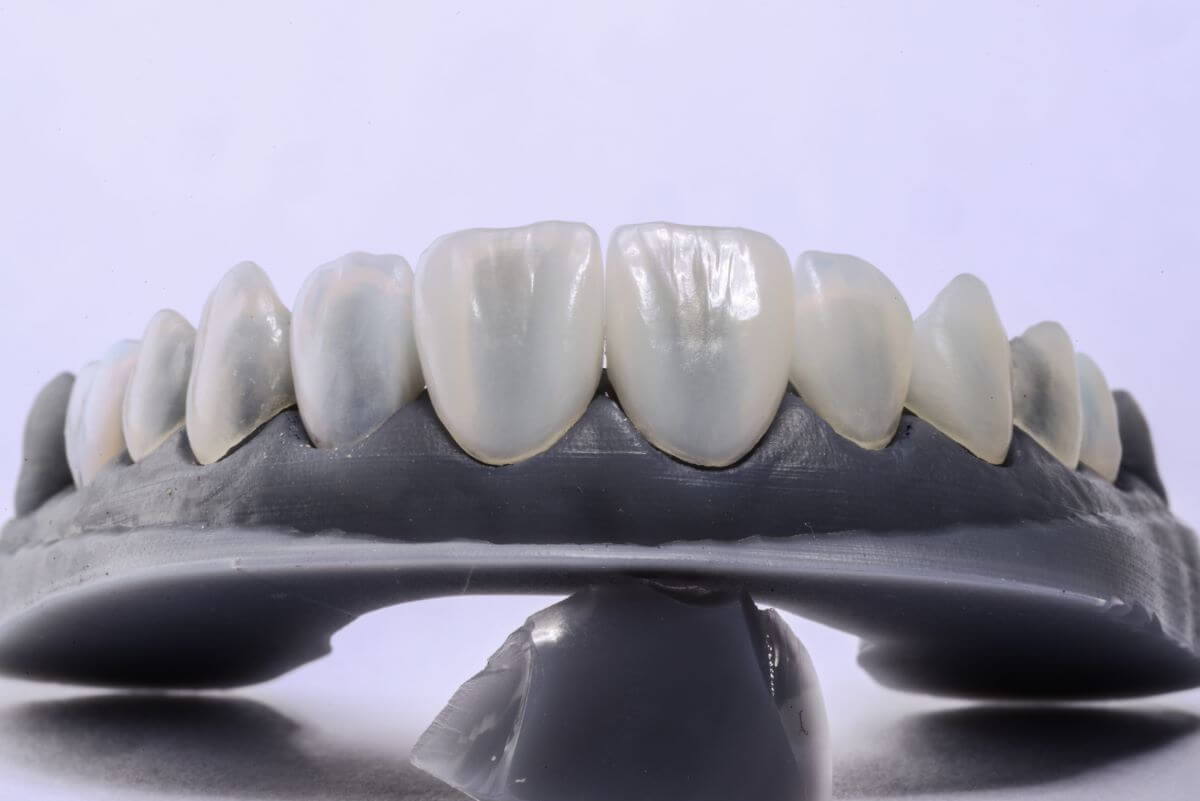
7. Why do some veneers look fake?
If the denture surfaces don’t match your real teeth, and there’s something obviously odd about them, it’s easy to spot. Ma Ya is a bit strange. Veneers ideally look as natural as possible, and a qualified dentist will make sure your veneers don’t stick out the wrong way. You can easily spot fake veneers by following these steps:
- They are unnaturally white, and there is a serious color mismatch between your veneer and the rest of your teeth.
- The edges are pointy and sharp, and look weird compared to your other teeth.
- They have an extremely opaque or non-translucent appearance, that is, light cannot pass through them. Plain porcelain veneers are translucent with a neutral enamel tone.
- There is no gap between the veneers, and it is easy to make people feel that someone is wearing veneers. There should be very little space between the veneers so they look completely natural.
- Veneers are either too large or too small for your face shape. Veneers should be sized to complement the shape of your face.
8. What should I tell my dentist before choosing veneers?
The success of veneers can be influenced by a variety of factors, and it is important to share certain information with your dentist to assess your suitability for the procedure. Let’s find out!
Goals: What are you trying to achieve when getting veneers? Think about it and discuss your goals with your dentist.
Budget: Creating a budget is a good way to choose the right type of veneer. Knowing how much you can afford will help you navigate all the different varieties.
Questions: Discuss all your dental concerns with your dentist. Before getting veneers, it’s very important to discuss your concerns and dental needs with your dentist.
Side Effects: It is important to discuss the possibility of side effects of veneers, as you should base your decision on that too.
9. What are removable types of veneers?
Removable veneers are temporary veneers that can be removed at any time. They include clip-on or snap-on veneers, custom-made by professional dentists. Removable veneers are also available at pharmacies, and they are ready-made, not custom made to fit your teeth. 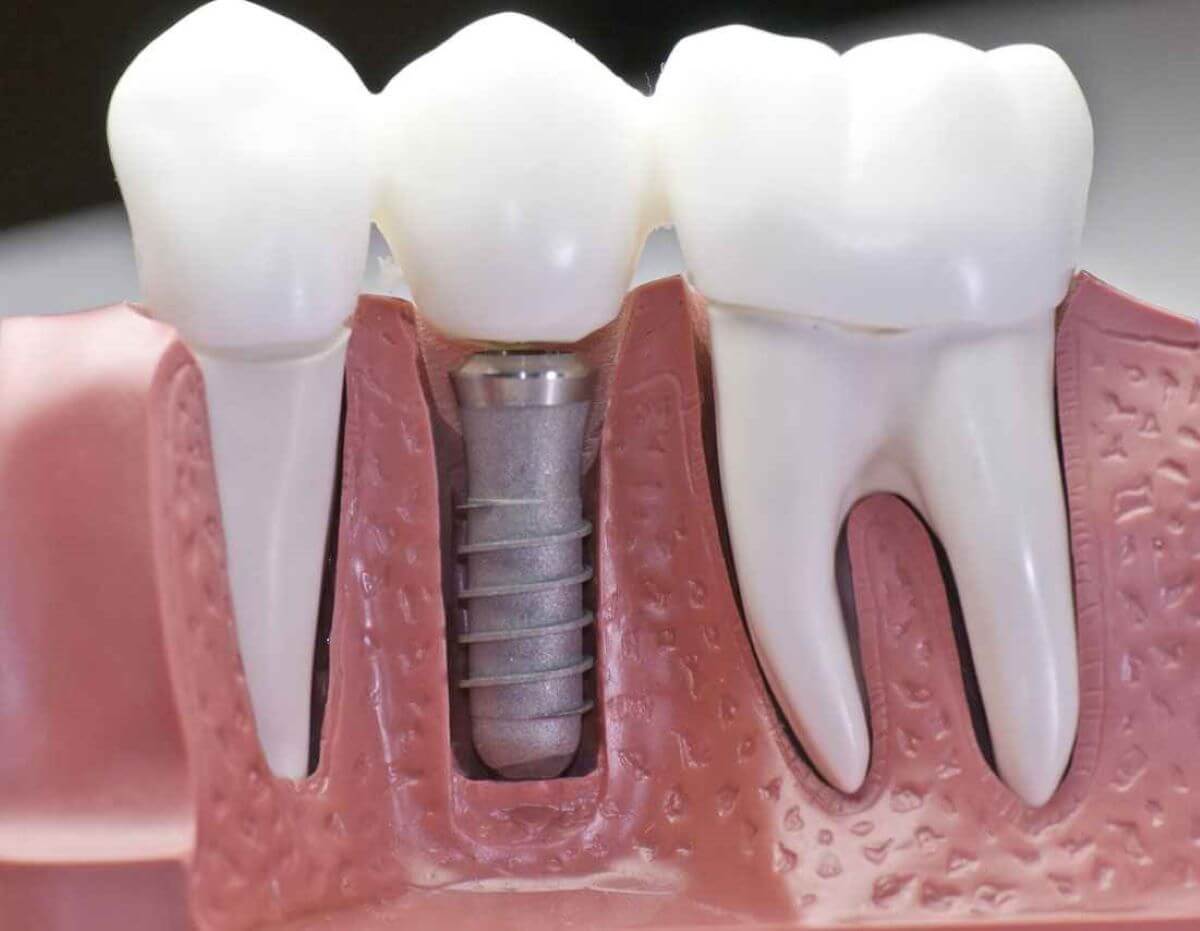
10. What are prepared and non-prepared veneers?
The difference between prepared and non-prepared veneers is tooth preparation.” Prep Veneers” require dental revision, even conservative ones. The dentist scrapes away a thin layer of the tooth to place the veneer. A variety of veneers are available, including porcelain veneers and composite resin veneers.” No-Prep Veneers ” are those veneers that do not require initial preparation for the veneer. These include Lumineers, veneers, Duration veneers, and clip-on veneers. Although they are quick and painless, they stain more easily than other traditional types of veneers. Well, we want you to be able to come to a conclusion about which veneers you prefer.
